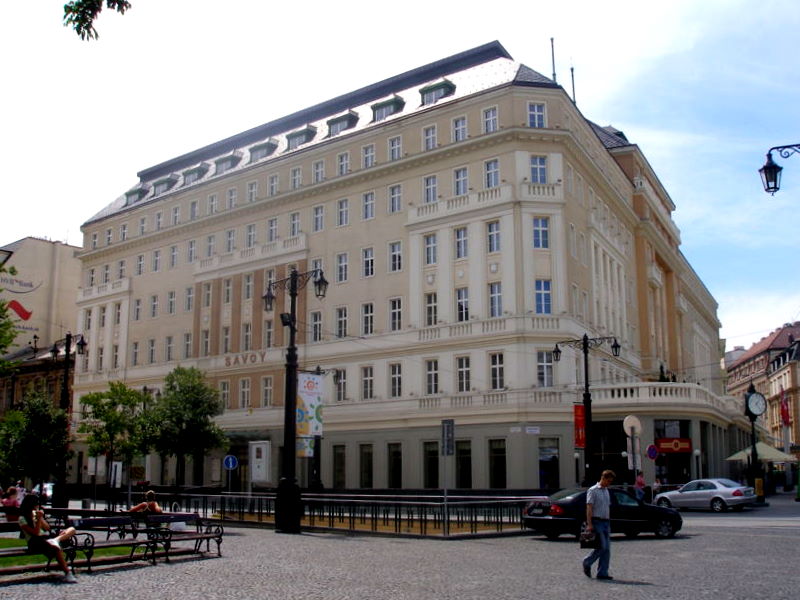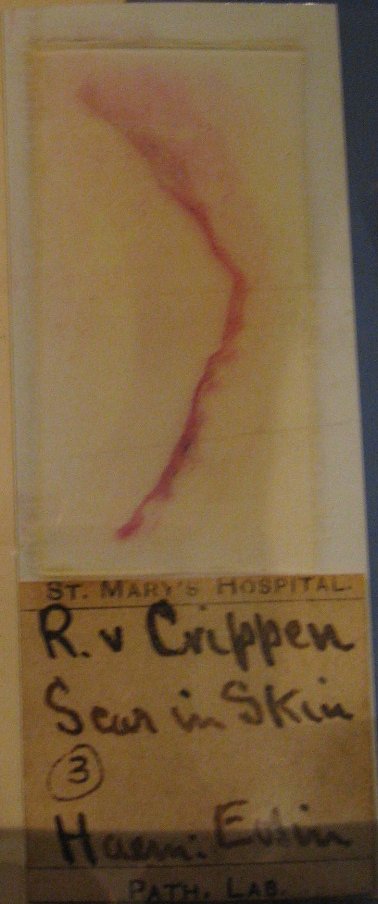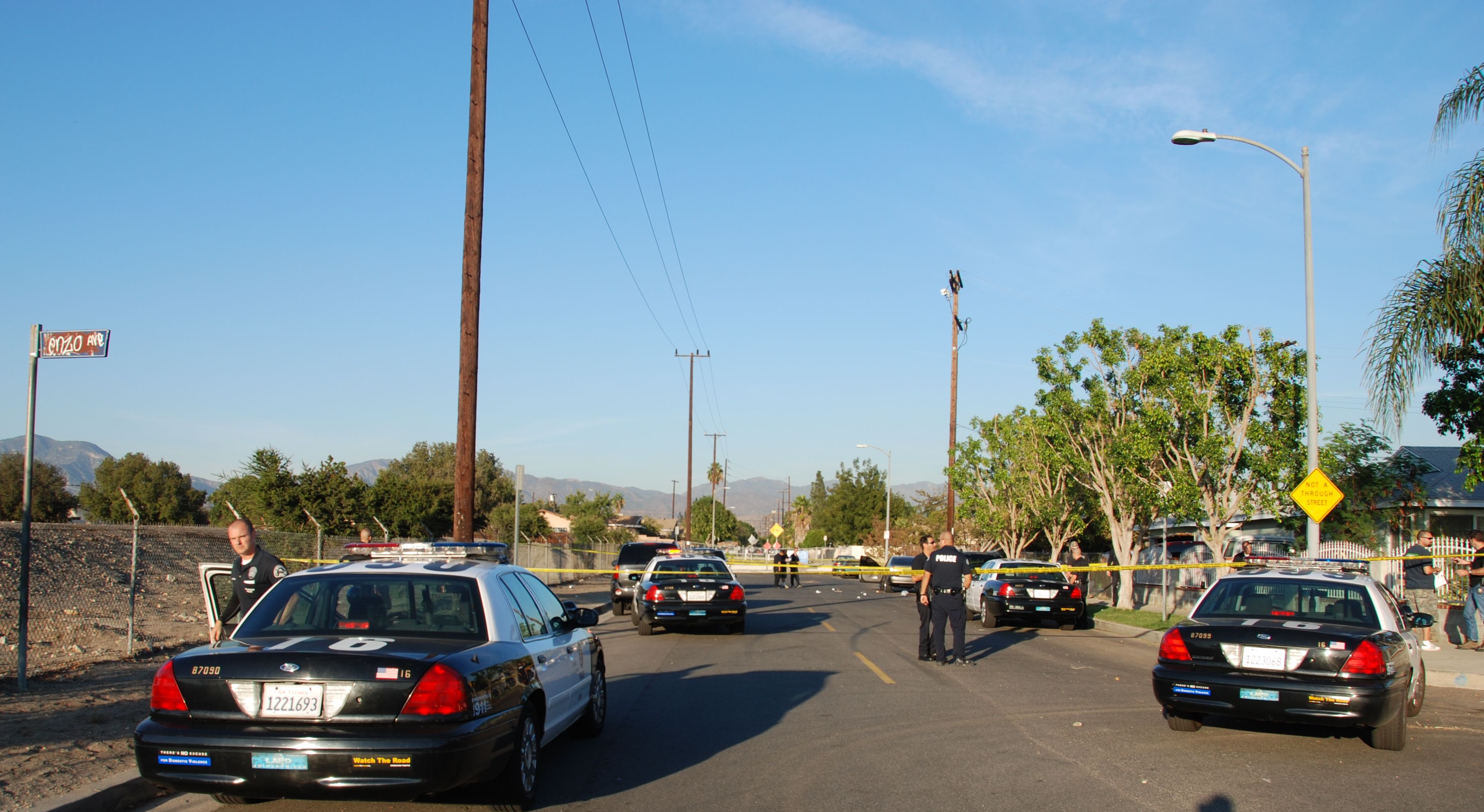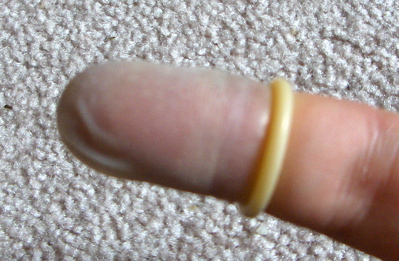|
Murder Of Vera Page
The murder of Vera Page is a British unsolved child murder case from the early 1930s. On 14 December 1931, 10-year-old Vera Page was reported missing after she failed to return to her home in Notting Hill, London, from a visit to a nearby relative. The child's body was found two days later in undergrowth in nearby Addison Road. Vera had been raped, then manually strangled to death in a murder described by one detective as "the most terrible in which I had to deal with during my career". Strong physical and circumstantial evidence existed attesting to the guilt of a 41-year-old labourer named Percy Orlando Rush, whose parents lived in the same house as Vera. However, at a coroner's inquest held on 10 February 1932, a jury determined that insufficient real evidence existed to formally charge Rush with her murder. Officially, the case remains unsolved. Early life Vera Isobel Minnie Page was born on 13 April 1921 in Hammersmith, London, the only child born to Charles and Is ... [...More Info...] [...Related Items...] OR: [Wikipedia] [Google] [Baidu] |
Hammersmith
Hammersmith is a district of West London, England, southwest of Charing Cross. It is the administrative centre of the London Borough of Hammersmith and Fulham, and identified in the London Plan as one of 35 major centres in Greater London. It is bordered by Shepherd's Bush to the north, Kensington to the east, Chiswick to the west, and Fulham to the south, with which it forms part of the north bank of the River Thames. The area is one of west London's main commercial and employment centres, and has for some decades been a major centre of London's Polish community. It is a major transport hub for west London, with two London Underground stations and a bus station at Hammersmith Broadway. Toponymy Hammersmith may mean "(Place with) a hammer smithy or forge", although, in 1839, Thomas Faulkner proposed that the name derived from two 'Saxon' words: the initial ''Ham'' from ham and the remainder from hythe, alluding to Hammersmith's riverside location. In 1922, Gover pr ... [...More Info...] [...Related Items...] OR: [Wikipedia] [Google] [Baidu] |
Lodging
Lodging refers to the use of a short-term dwelling, usually by renting the living space or sometimes through some other arrangement. People who travel and stay away from home for more than a day need lodging for sleep, rest, food, safety, shelter from cold temperatures or rain, storage of luggage and access to common household functions. Lodging is a form of the sharing economy. Lodging is done in a hotel, motel, hostel, inn or hostal, a private home (commercial, i.e. a bed and breakfast, a guest house, a vacation rental, or non-commercially, as in certain homestays or in the home of friends), in a tent, caravan/campervan (often on a campsite). Lodgings may be self-catering, whereby no food is provided, but cooking facilities are available. Lodging is offered by an owner of real property or a leasehold estate, including the hotel industry, hospitality industry, real estate investment trusts, and owner-occupancy houses. Lodging can be facilitated by an intermediary such as a ... [...More Info...] [...Related Items...] OR: [Wikipedia] [Google] [Baidu] |
Bernard Spilsbury
Sir Bernard Henry Spilsbury (16 May 1877 – 17 December 1947) was a British pathologist. His cases include Hawley Crippen, the Seddon case, the Major Armstrong poisoning, the "Brides in the Bath" murders by George Joseph Smith, the Crumbles murders, the Podmore case, the Sidney Harry Fox matricide, the Vera Page case, and the murder trials of Louis Voisin, Jean-Pierre Vaquier, Norman Thorne, Donald Merrett, Alfred Rouse, Elvira Barney, Toni Mancini, and Gordon Cummins. Spilsbury's courtroom appearances became legendary for his demeanour of effortless dominance. He also played a crucial role in the development of Operation Mincemeat, a deception operation during the Second World War which saved thousands of lives of Allied service personnel. Spilsbury died by suicide in 1947. Personal life Spilsbury was born on 16 May 1877 at 35 Bath Street, Leamington Spa, Warwickshire. He was the eldest of the four children of James Spilsbury, a manufacturing chemist, and his wife, Marion ... [...More Info...] [...Related Items...] OR: [Wikipedia] [Google] [Baidu] |
Pathologist
Pathology is the study of the causal, causes and effects of disease or injury. The word ''pathology'' also refers to the study of disease in general, incorporating a wide range of biology research fields and medical practices. However, when used in the context of modern medical treatment, the term is often used in a narrower fashion to refer to processes and tests that fall within the contemporary medical field of "general pathology", an area which includes a number of distinct but inter-related medical specialties that diagnose disease, mostly through analysis of tissue (biology), tissue, human cell, cell, and body fluid samples. Idiomatically, "a pathology" may also refer to the predicted or actual progression of particular diseases (as in the statement "the many different forms of cancer have diverse pathologies", in which case a more proper choice of word would be "Pathophysiology, pathophysiologies"), and the affix ''pathy'' is sometimes used to indicate a state of disease ... [...More Info...] [...Related Items...] OR: [Wikipedia] [Google] [Baidu] |
Corroborating Evidence
Corroborating evidence, also referred to as corroboration, is a type of evidence in law. Types and uses Corroborating evidence tends to support a proposition that is already supported by some initial evidence, therefore confirming the proposition. For example, W, a witness, testifies that she saw X drive his automobile into a green car. Meanwhile, Y, another witness, testifies that when he examined X's car, later that day, he noticed green paint on its fender. There can also be corroborating evidence related to a certain source, such as what makes an author think a certain way due to the evidence that was supplied by witnesses or objects.For more information on this type of reasoning, see: Casuistry. Another type of corroborating evidence comes from using the Baconian method, i.e., the method of agreement, method of difference, and method of concomitant variations. These methods are followed in experimental design. They were codified by Francis Bacon, and developed further ... [...More Info...] [...Related Items...] OR: [Wikipedia] [Google] [Baidu] |
Human Decomposition
Decomposition is the process in which the organs and complex molecules of animal and human bodies break down into simple organic matter over time. In vertebrates, five stages of decomposition are typically recognized: fresh, bloat, active decay, advanced decay, and dry/skeletonized. Knowing the different stages of decomposition can help investigators in determining the Post Mortem Interval (PMI). The rate of decomposition of human remains can vary due to environmental factors and other factors. Environmental factors include temperature, burning, humidity, and the availability of oxygen. Other factors include body size, clothing, and the cause of death. Stages and characteristics The five stages of decomposition—fresh (aka autolysis), bloat, active decay, advanced decay, and dry/skeletonized—have specific characteristics that are used to identify which stage the remains are in. These stages are illustrated by reference to an experimental study of the decay of a pig corpse. ... [...More Info...] [...Related Items...] OR: [Wikipedia] [Google] [Baidu] |
Crime Scene
A crime scene is any location that may be associated with a committed crime. Crime scenes contain physical evidence that is pertinent to a criminal investigation. This evidence is collected by crime scene investigators (CSI) and law enforcement. The location of a crime scene can be the place where the crime took place or can be any area that contains evidence from the crime itself. Scenes are not only limited to a location, but can be any person, place, or object associated with the criminal behaviours that occurred. After a crime scene has been discovered, measures must be taken to secure and protect the scene from contamination. To maintain the integrity of the scene, law enforcement must take action to block off the surrounding area as well as keep track of who comes in and goes out. By taking these precautions, officers can ensure that evidence that is collected can be used in court. Evidence that has become contaminated, tampered with, or mistreated can pollute the scene an ... [...More Info...] [...Related Items...] OR: [Wikipedia] [Google] [Baidu] |
Finger Cot
A finger cot (also finger frock or finger stall, informally finger condom) is a medical device used to cover one or more fingers in situations where a full glove seems unnecessary. Like medical and rubber gloves, finger cots may be made from a variety of water-tight materials including latex, nitrile rubber, and vinyl. A toe protector or toe cap is very similar, but shorter and of greater diameter. The function is not so much to prevent contamination—toes are normally contained within footwear that protects them—but to protect an injured toe against further damage from friction and pressure by continual rubbing against other toes and shoes. They are consequently made partly or wholly of a soft material such as a mineral oil gel, and the end may be either open or closed. In medicine They are used in medicine to limit patient exposure to infection, and to protect health professionals from contact with bodily fluids that can transmit disease. Finger cots can be used in a wid ... [...More Info...] [...Related Items...] OR: [Wikipedia] [Google] [Baidu] |
Ammonia
Ammonia is an inorganic compound of nitrogen and hydrogen with the formula . A stable binary hydride, and the simplest pnictogen hydride, ammonia is a colourless gas with a distinct pungent smell. Biologically, it is a common nitrogenous waste, particularly among aquatic organisms, and it contributes significantly to the nutritional needs of terrestrial organisms by serving as a precursor to 45% of the world's food and fertilizers. Around 70% of ammonia is used to make fertilisers in various forms and composition, such as urea and Diammonium phosphate. Ammonia in pure form is also applied directly into the soil. Ammonia, either directly or indirectly, is also a building block for the synthesis of many pharmaceutical products and is used in many commercial cleaning products. It is mainly collected by downward displacement of both air and water. Although common in nature—both terrestrially and in the outer planets of the Solar System—and in wide use, ammonia is both caust ... [...More Info...] [...Related Items...] OR: [Wikipedia] [Google] [Baidu] |
Holland Park
Holland Park is an area of Kensington, on the western edge of Central London, that contains a street and public park of the same name. It has no official boundaries but is roughly bounded by Kensington High Street to the south, Holland Road to the west, Holland Park Avenue to the north, and Kensington Church Street to the east. Adjacent districts are Notting Hill to the north, Earl's Court to the south, and Shepherd's Bush to the northwest. The area is principally composed of tree-lined streets with large Victorian townhouses, and contains many shops, cultural tourist attractions such as the Design Museum, luxury spas, hotels, and restaurants, as well as the embassies of several countries. The street of Holland Park is formed from three linked roads constructed between 1860 and 1880 in projects of master builders William and Francis Radford, who were contracted to build and built over 200 houses in the area. Notable nineteenth-century residential developments in the area in ... [...More Info...] [...Related Items...] OR: [Wikipedia] [Google] [Baidu] |
Marble
Marble is a metamorphic rock composed of recrystallized carbonate minerals, most commonly calcite or Dolomite (mineral), dolomite. Marble is typically not Foliation (geology), foliated (layered), although there are exceptions. In geology, the term ''marble'' refers to metamorphosed limestone, but its use in stonemasonry more broadly encompasses unmetamorphosed limestone. Marble is commonly used for Marble sculpture, sculpture and as a building material. Etymology The word "marble" derives from the Ancient Greek (), from (), "crystalline rock, shining stone", perhaps from the verb (), "to flash, sparkle, gleam"; Robert S. P. Beekes, R. S. P. Beekes has suggested that a "Pre-Greek origin is probable". This Stem (linguistics), stem is also the ancestor of the English language, English word "marmoreal," meaning "marble-like." While the English term "marble" resembles the French language, French , most other European languages (with words like "marmoreal") more closely resemb ... [...More Info...] [...Related Items...] OR: [Wikipedia] [Google] [Baidu] |
Portobello Road
Portobello Road is a street in the Notting Hill district of the Royal Borough of Kensington and Chelsea in west London. It runs almost the length of Notting Hill from south to north, roughly parallel with Ladbroke Grove. On Saturdays it is home to Portobello Road Market, one of London's notable street markets, known for its second-hand clothes, pastries and antiques. Every August since 1996, the Portobello Film Festival has been held in locations around Portobello Road and, in 2015, Portobello Radio was founded as the area's community radio station. History Origins Portobello Road was known prior to 1740 as Green's Lane – a winding country path leading from Kensington Gravel Pits, in what is now Notting Hill Gate, up to Kensal Green in the north. 18th century In 1740, Portobello Farm was built in the area near what is now Golborne Road. The farm got its name from a popular victory during the lost War of Jenkins' Ear, when Admiral Edward Vernon captured the Spanish-rul ... [...More Info...] [...Related Items...] OR: [Wikipedia] [Google] [Baidu] |




.jpg)



-3D-balls.png)

